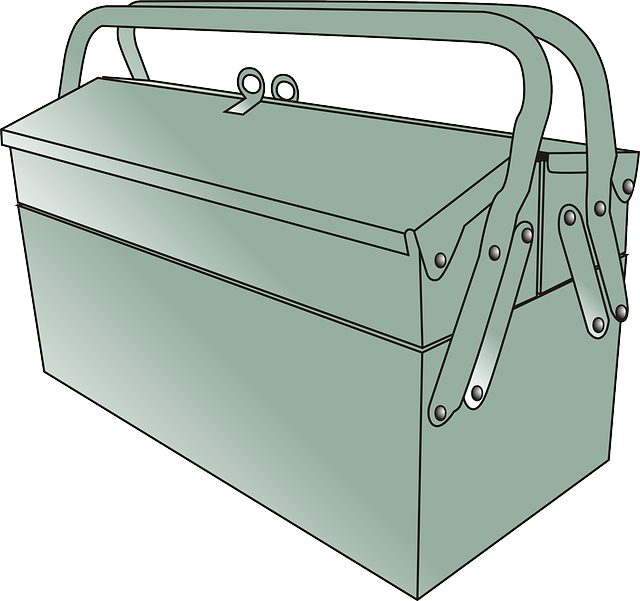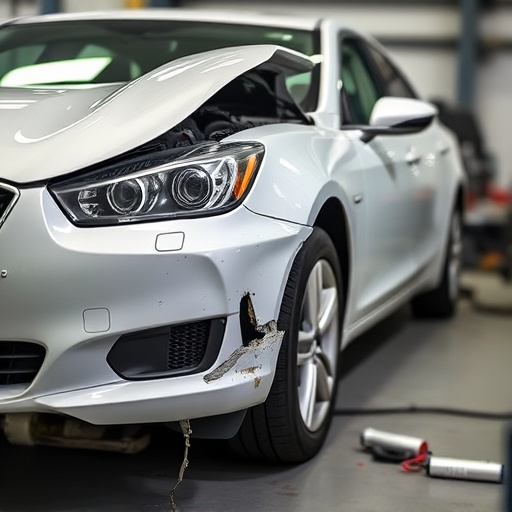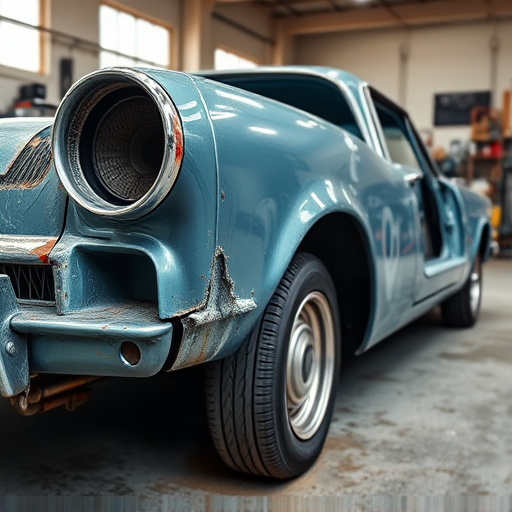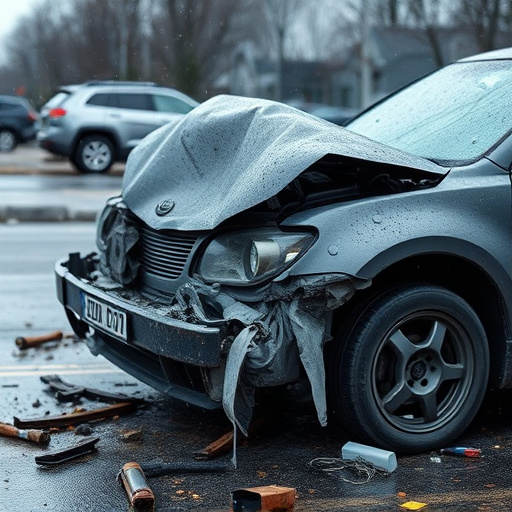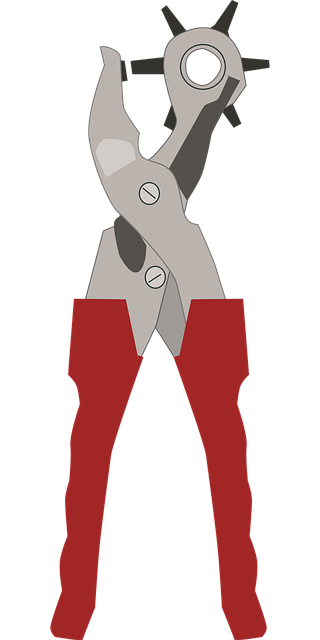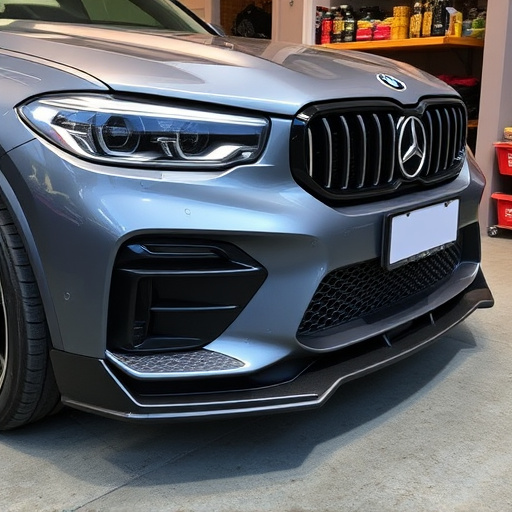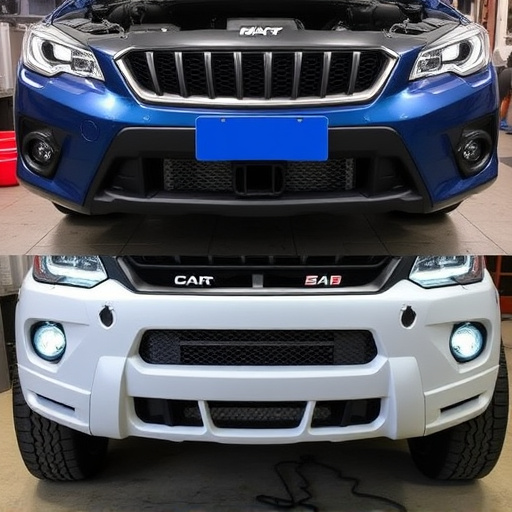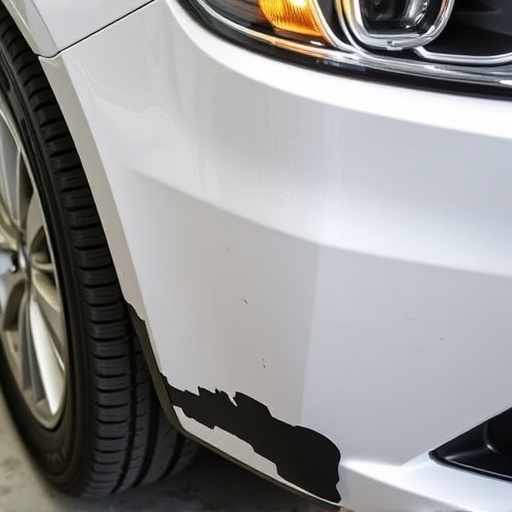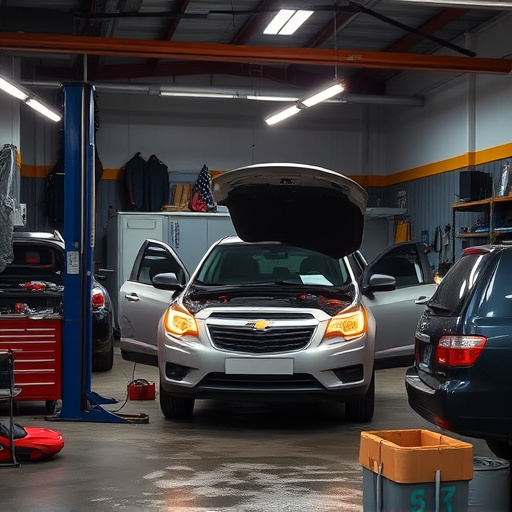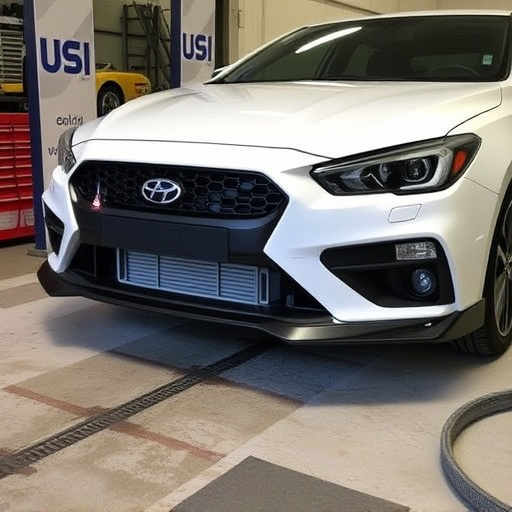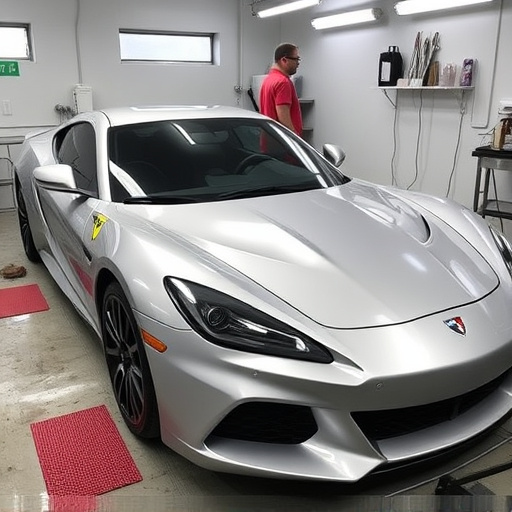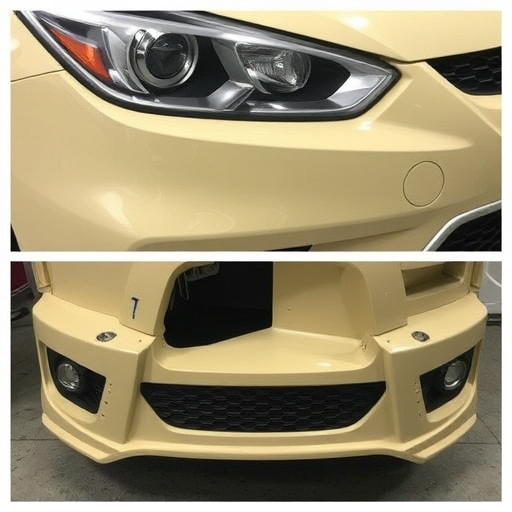The Tesla Adaptive Suspension System, despite its advanced features, is susceptible to issues like sensor malfunctions, unusual noises, and altered ride quality. Repairs range from software calibrations to component replacements, with varying costs based on part type, labor complexity, and local market rates. Time required for repairs depends on the severity of the problem, parts availability, and technician skill. Obtaining detailed estimates from specialized Tesla repair shops is key to budgeting and avoiding unexpected expenses. Timing repairs promptly is crucial for maintaining handling and safety standards.
“Uncover the secrets behind Tesla’s advanced Adaptive Suspension system and why it’s a game-changer for smooth rides. This comprehensive guide dives into common issues that may arise, providing insights into potential problems. We break down the costs of repairs, including parts, labor, and extra expenses, to help owners budget effectively. Additionally, we offer a time estimate for Tesla adaptive suspension repairs, ensuring you’re prepared for any maintenance needs.”
- Understanding Tesla Adaptive Suspension System and Common Issues
- Repair Cost Breakdown: Parts, Labor, and Potential Additional Expenses
- Time Estimate for Tesla Adaptive Suspension Repairs
Understanding Tesla Adaptive Suspension System and Common Issues
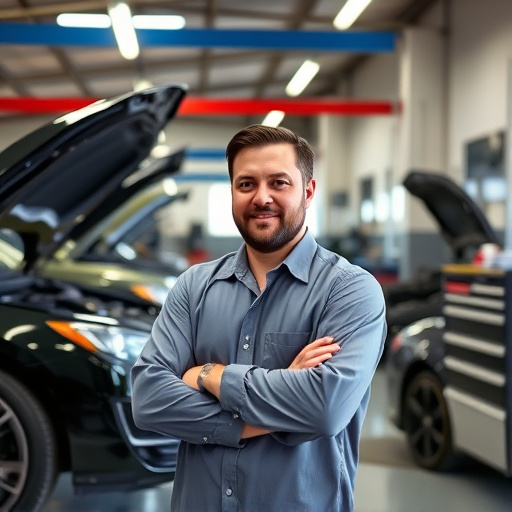
The Tesla Adaptive Suspension System is a cutting-edge feature designed to provide an unparalleled driving experience by automatically adjusting to road conditions in real time. This advanced system uses sensors and actuators to adjust the vehicle’s height, offering improved handling, comfort, and stability. However, like any complex automotive body work, it’s not immune to issues. Common problems may include sensor malfunctions leading to unpredictable suspension behavior, unusual noises during driving, or a noticeable change in ride quality. These issues can be caused by various factors such as debris impacting the sensors, mechanical wear and tear, or software glitches.
While some minor adjustments or calibrations might be addressed through over-the-air updates, more significant Tesla adaptive suspension repair costs could arise from component replacements, especially if damage extends to the control modules or actuators. Comparatively, these repairs fall under the category of specialized automotive body work, with prices varying based on the extent of the issue and local market rates for such services, including bumper repair and dent repair in severe cases where external impacts have compromised the system’s integrity.
Repair Cost Breakdown: Parts, Labor, and Potential Additional Expenses
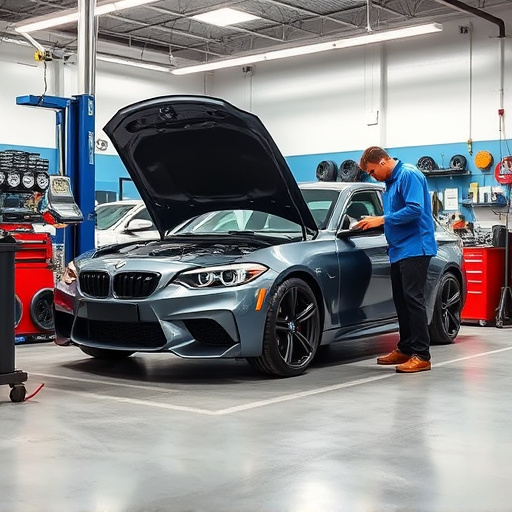
When it comes to Tesla adaptive suspension repair, understanding the cost breakdown is crucial for budgeting purposes. The process involves a combination of parts and labor charges, with potential additional expenses depending on the severity of the issue. Parts costs can vary significantly, from relatively inexpensive components like shock absorbers or struts to more specialized and expensive parts such as electronic control units (ECUs) that regulate the suspension system.
Labor rates for vehicle repair services, including Tesla adaptive suspension repair, are typically charged by the hour. The complexity of the repair will directly impact the time required, leading to varying labor costs. Additionally, bumper repair or other cosmetic damages might need attention alongside the suspension, adding further expenses. It’s important to receive detailed estimates from trusted autobody repairs shops to avoid unexpected financial surprises during the repair process.
Time Estimate for Tesla Adaptive Suspension Repairs
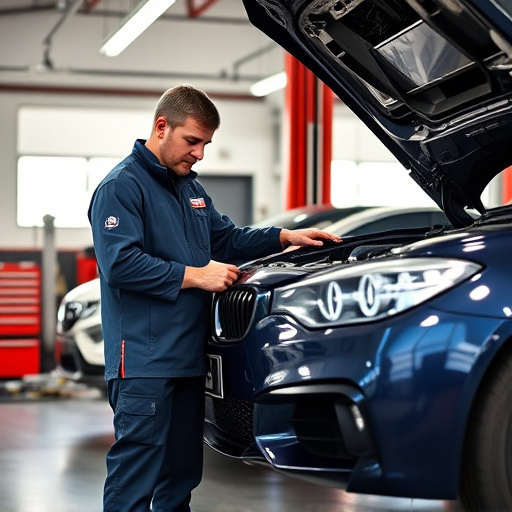
When it comes to Tesla adaptive suspension repairs, the time required can vary depending on several factors. First and foremost, the severity of the issue at hand plays a pivotal role. Minor adjustments or routine maintenance tasks might only take a few hours, while more complex problems could extend the repair process to half a day or even longer. Additionally, the availability of replacement parts and the skill level of the technicians involved are significant considerations.
At a reputable vehicle body shop or auto repair near me that specialises in Tesla models, a typical adaptive suspension repair might involve diagnosis, part replacement, calibration, and final testing. During peak seasons or when dealing with rare model components, expect delays, prompting many owners to seek alternatives like temporary fixes from trusted mechanics. Remember, prompt attention can prevent further damage, ensuring your vehicle returns to its optimal handling and safety standards as quickly as possible without compromising quality at a reliable vehicle body shop.
When faced with a Tesla adaptive suspension repair, understanding both the cost and time involved is crucial. This guide has provided insights into the complex world of Tesla’s advanced suspension system, common issues that may arise, and a transparent breakdown of potential expenses. Whether you’re preparing for a do-it-yourself fix or considering professional assistance, being aware of the typical labor times can help you plan and make informed decisions regarding your Tesla adaptive suspension repair.
